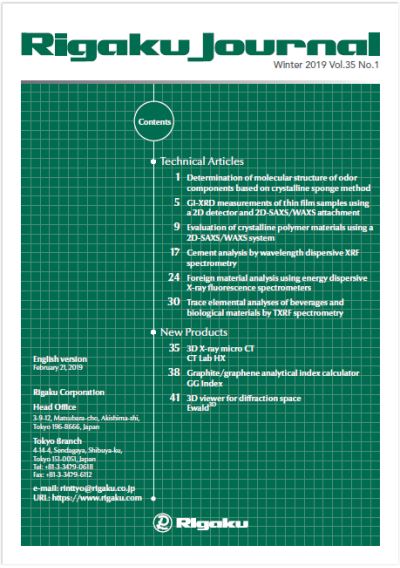Since the earliest experiments, X-ray crystallographers became accustomed to directly observing reciprocal space. Initial experiments were performed using area detectors with photographic film as the detection medium. While accurate measurement of diffracted intensity was not possible, observing the space around reflections was. Initially experiments used flat arrangements of photographic film though since X-ray crystallography experiments involve diffraction outward in all directions from a point, the crystal, it wasn’t long before curved, cylindrical X-ray cameras were developed which more closely matched the spherical nature of diffraction experiments. With proper alignment of the crystal, this technique allowed observation of reciprocal lattice planes and lattice lines, measurement of unit cell dimensions, observation of systematic absences and observation of spurious intensities. Regardless, with photographic film glimpses of space between Bragg diffraction could be seen. With the advent of electronic area detectors and computerised measurement, it became possible to achieve even better views of reciprocal space. With modern diffractometer equipment and software, sampling and viewing reciprocal space in its entirety in three dimensions is now possible in short timescales. Ewald3D is a module within CrysAlisPro which allows not only reconstruction of reciprocal space in three dimensions at the end of a data collection but also offers a live view of data as it is still being collected.

